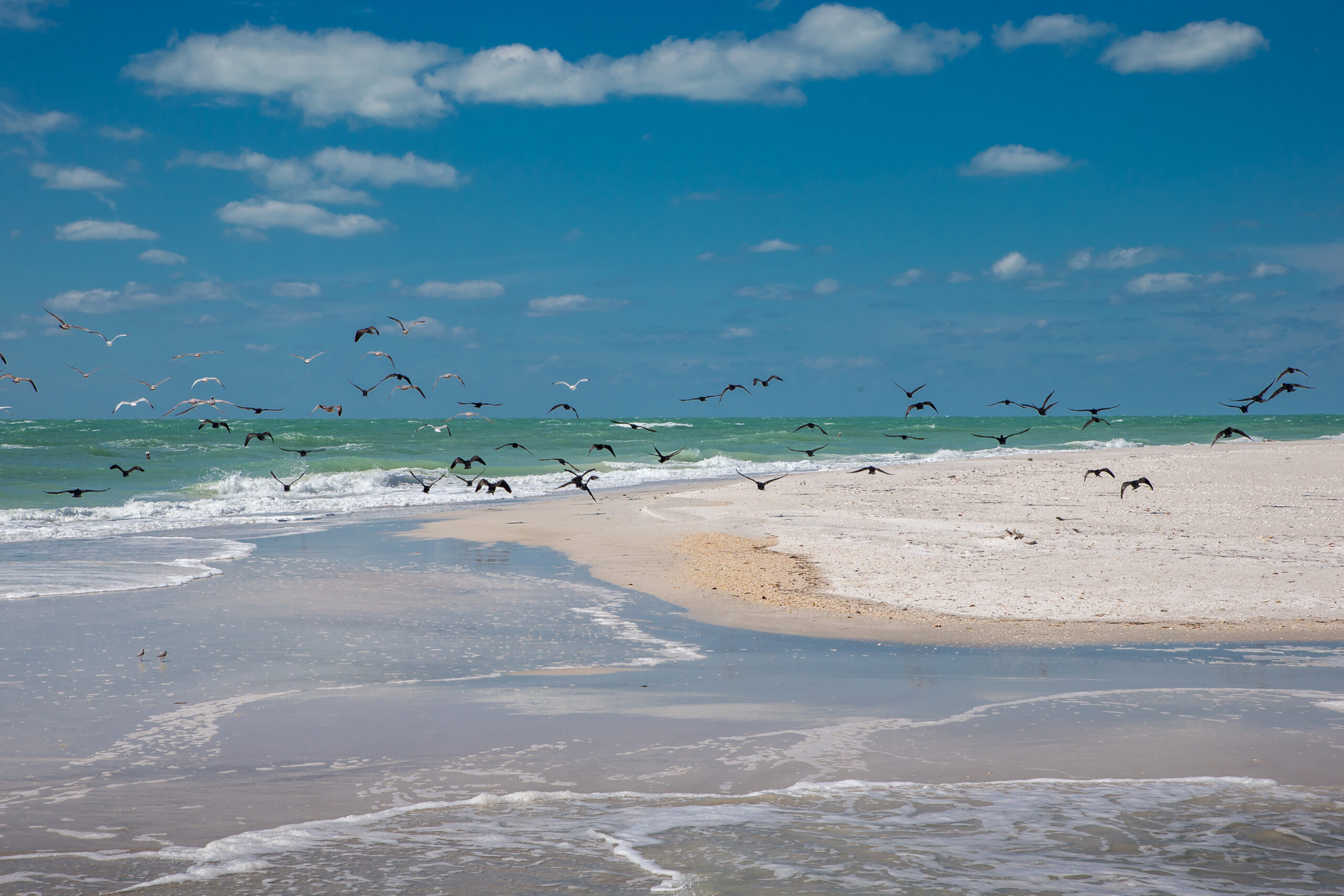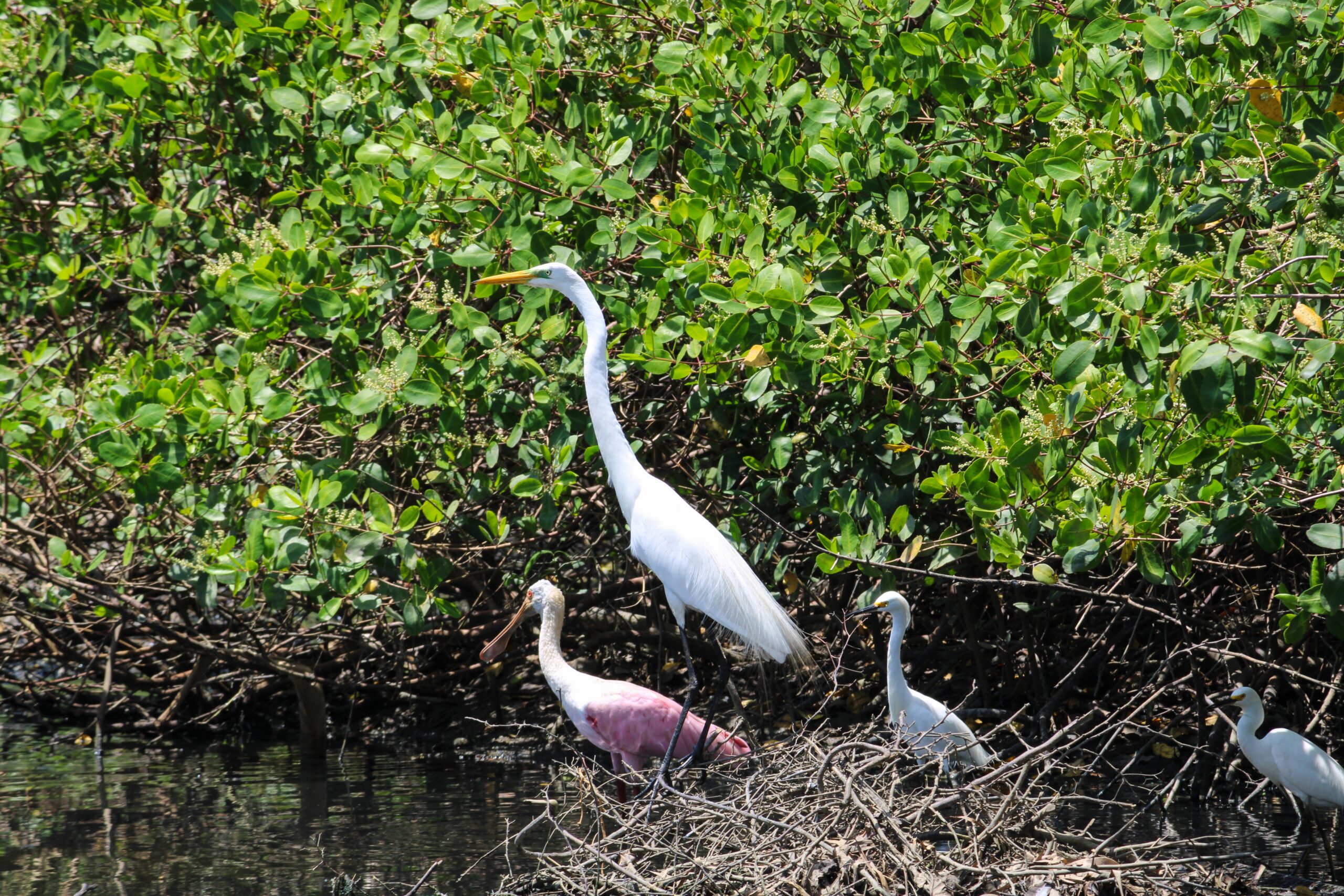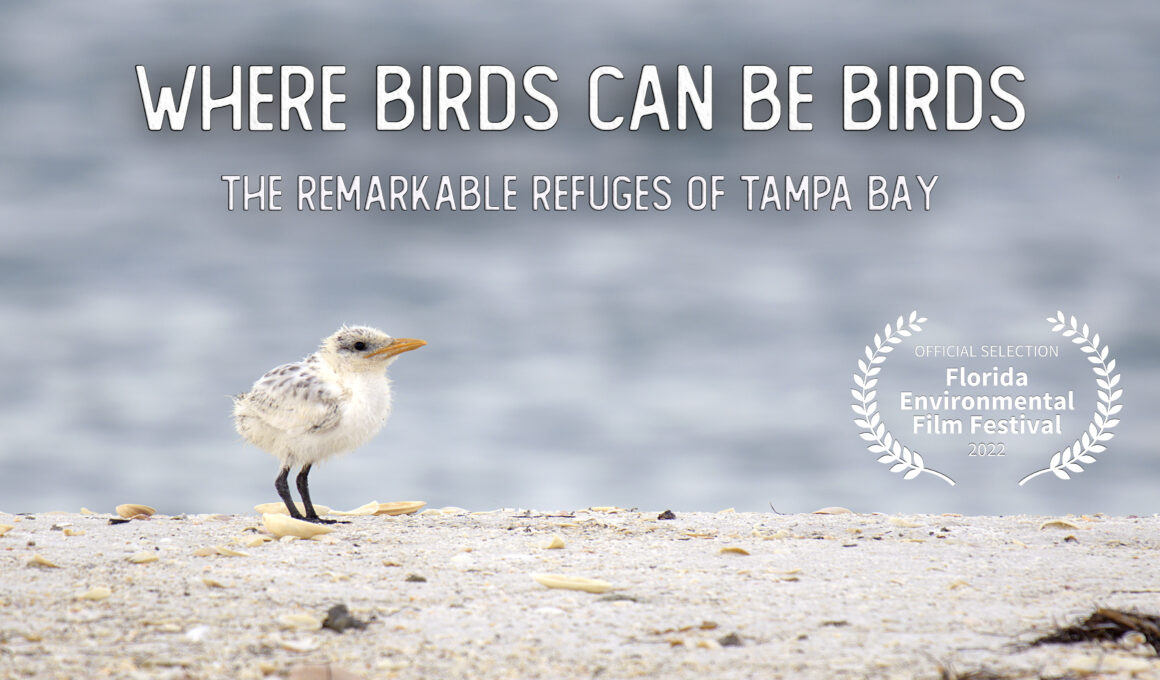
Some of the most spectacular sites in Tampa Bay are difficult to reach or are protected from human activity. That’s why the Friends of the Tampa Bay National Wildlife Refuges created a video that shows the amazing birds on Egmont Key and the seven mangrove islands that are off limits to the public year-round.
“Nobody knows what a National Wildlife Refuge is,” says Barb Howard, president of the Friends group. “They’re totally different from what people expect in a park because they’re set aside for the critters. But when we put them on film, everyone can see how special they are.”
The 20-minute video, entitled “Where Birds Can Be Birds – The Remarkable Refuges of Tampa Bay” and posted on the Friends’ website, looks at both the nesting birds and the rich history of these national refuges.
In the works for several years, the video was produced by Jennifer Brown, an award-winning documentary filmmaker who specializes in nature and recently completed a similar project for Weedon Island. “These national wildlife refuges are more than beaches and tangled mangroves,” said Brown, who lives in Venus, a small town east of Fort Myers. “They are testaments to the Native American cultures, early history, and the stunning biodiversity of Tampa Bay. Our film is a love letter to the refuges and the people who stand up for them.”

Two major segments of the refuges are located at the mouth of Tampa Bay. Passage Key, established by Teddy Roosevelt in 1905 to protect nesting birds, and nearby Egmont Key host tens of thousands of pairs of nesting birds every year. Much of Passage Key, once a 60-acre island with a freshwater lake, was destroyed in a 1921 hurricane, so Egmont Key has been the primary nesting spot at the mouth of the bay until recently.
Passage Key, while still designated a protected wildlife refuge, is slowly rebuilding as a large sandbar, but it’s also a popular spot for boaters who nicknamed it Naked Island as a clothing-optional destination. “Passage Key is a little bigger this year, but I think the birds will come back to Egmont because they’re less affected by people there,” Howard said.
The challenge of protecting the birds on Egmont Key from careless visitors, beginning in about 2008, has evolved into the nation’s largest campaign to protect beach-nesting birds. “We wanted to educate people about the birds that are nesting or resting on these islands that are easily disturbed when people get too close,” Howard said. “We talk to thousands of people every year, explaining that the birds need these areas.”

Five other mangrove islands –Indian key, Tarpon Key, Little Bird Key, Jackass Key, and Mule Key and the surrounding seagrass beds – are part of the Pinellas National Wildlife Refuge and are closed to motorized boat traffic year-round. Tarpon Key, located between Fort DeSoto and the Sunshine Skyway Bridge, once hosted the largest brown pelican rookery in the state. The combination of lush mangroves and rich seagrass beds make them particularly attractive to colonial shore birds.
Along with the film, the Friends group focuses on educating people about the birds who share our bay and beaches. In the years leading up to COVID-19 – and expected to resume this fall – the Friends hosted disadvantaged students from Title I schools on trips to Fort DeSoto or Weedon Island so they could see parts of Florida they otherwise may have missed. “We do a lot of education and field trips so people can see what is out there, so they’ll fall in love with it too.”

People have to understand that they’re refuges, not parks, adds Stan Garner, wildlife officer on Egmonth Key. “Although there are some recreational opportunities, they primarily exist for protection of wildlife for future generations. You can be there and have a good time, but you need to have a level of respect and recognition that there’s a larger community here.”
“Where Birds Can Be Birds – The Remarkable Refuges of Tampa Bay” showcases the diverse habitats and wildlife that make these mainly inaccessible islands so special – and encourages people to protect them for future generations.
